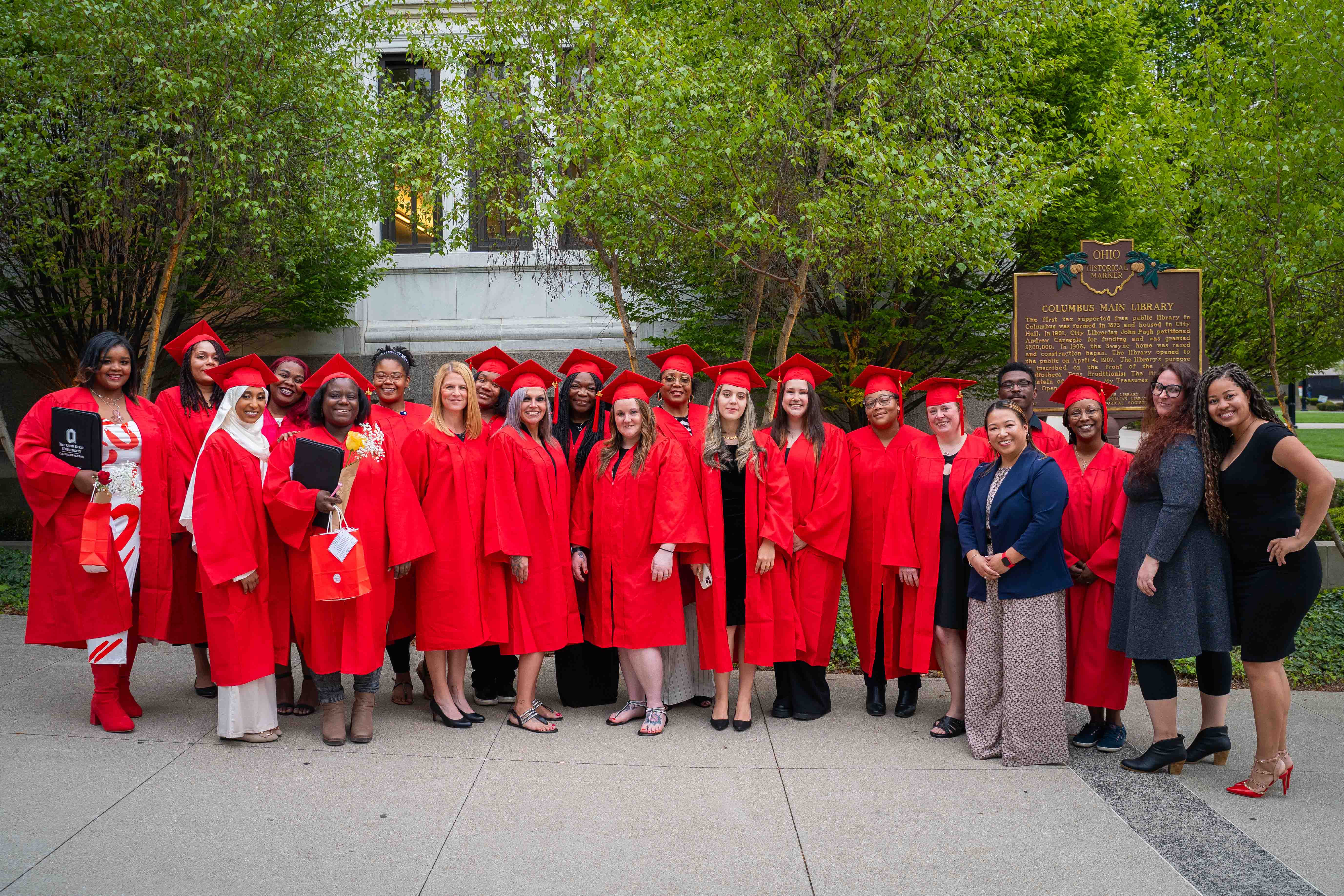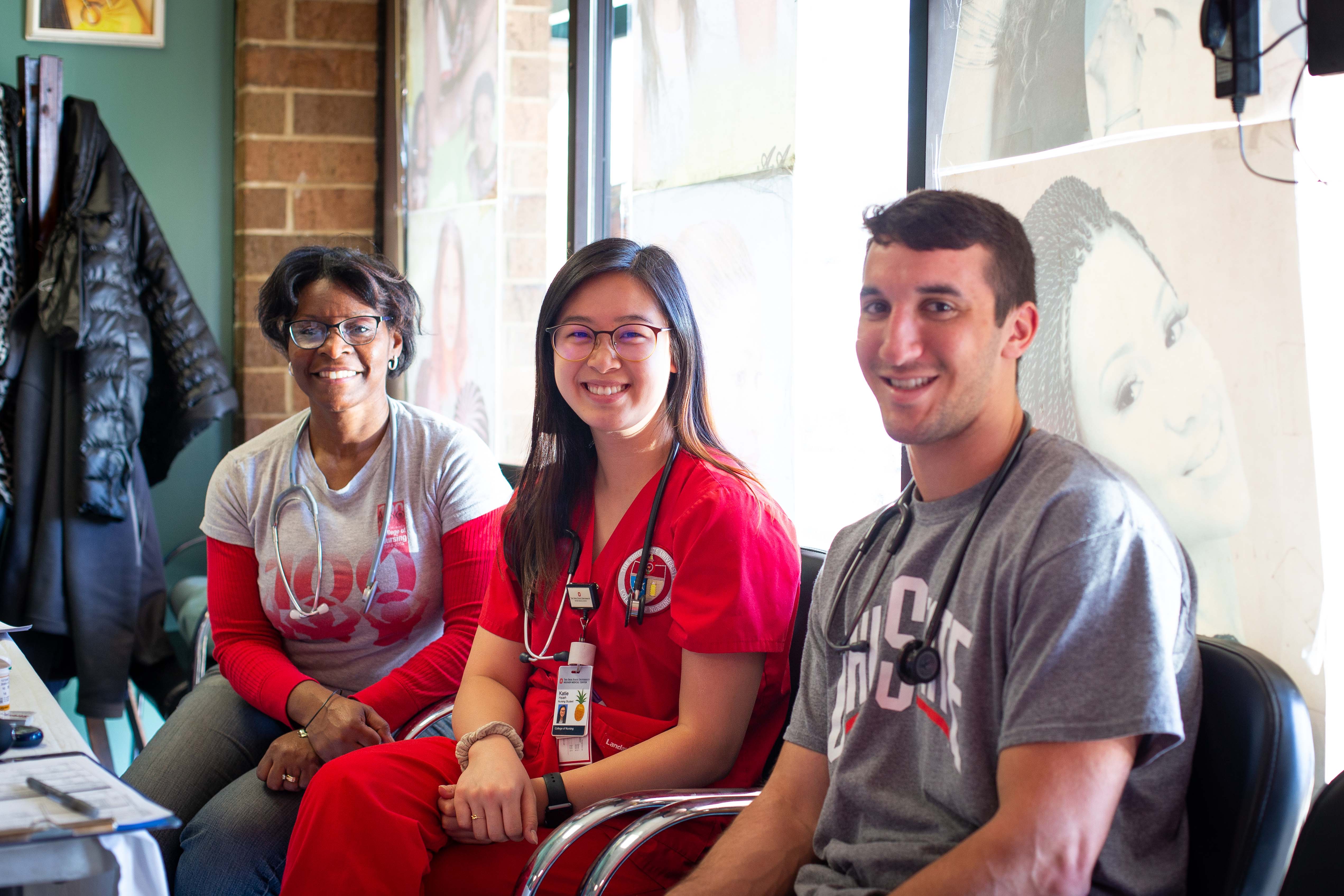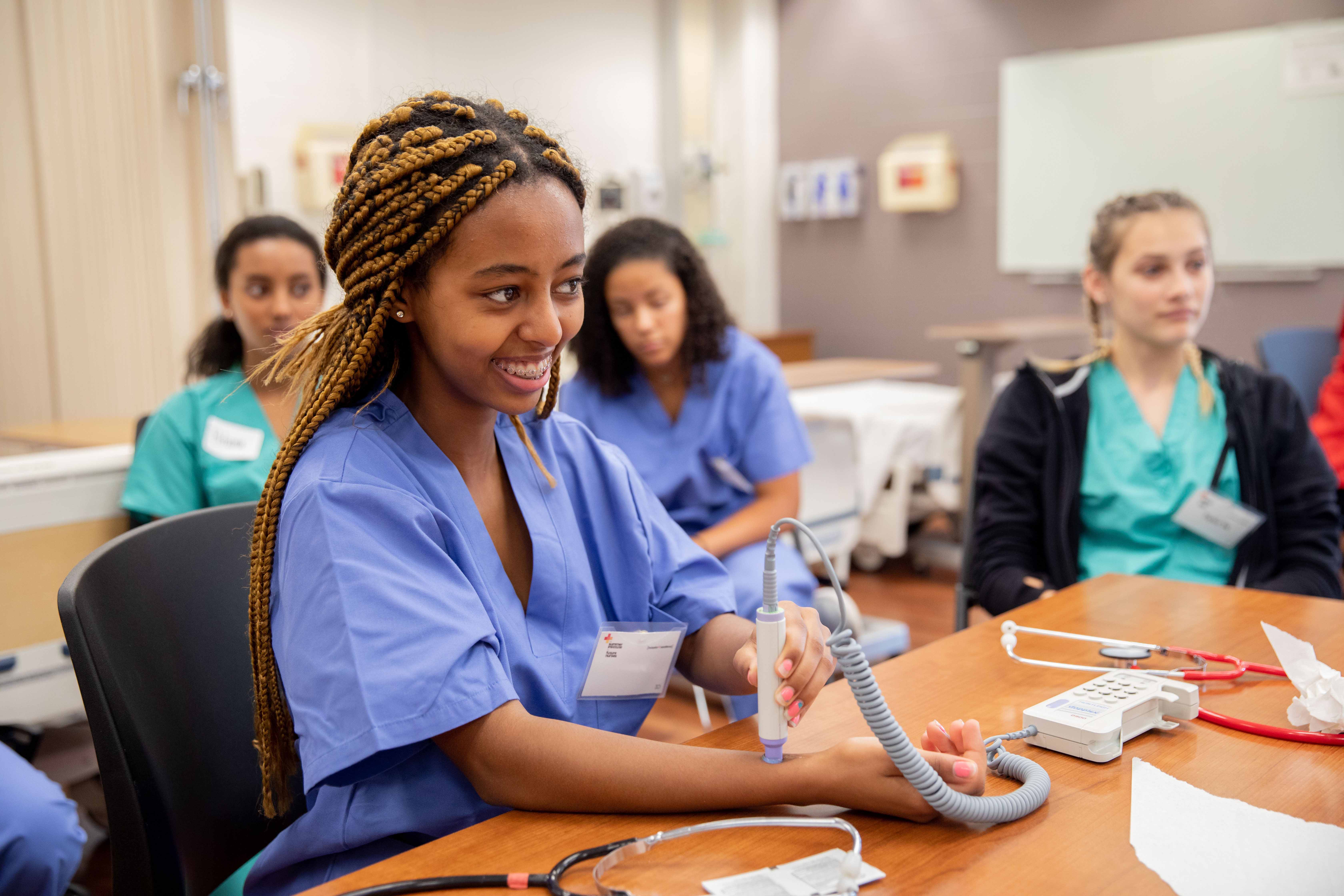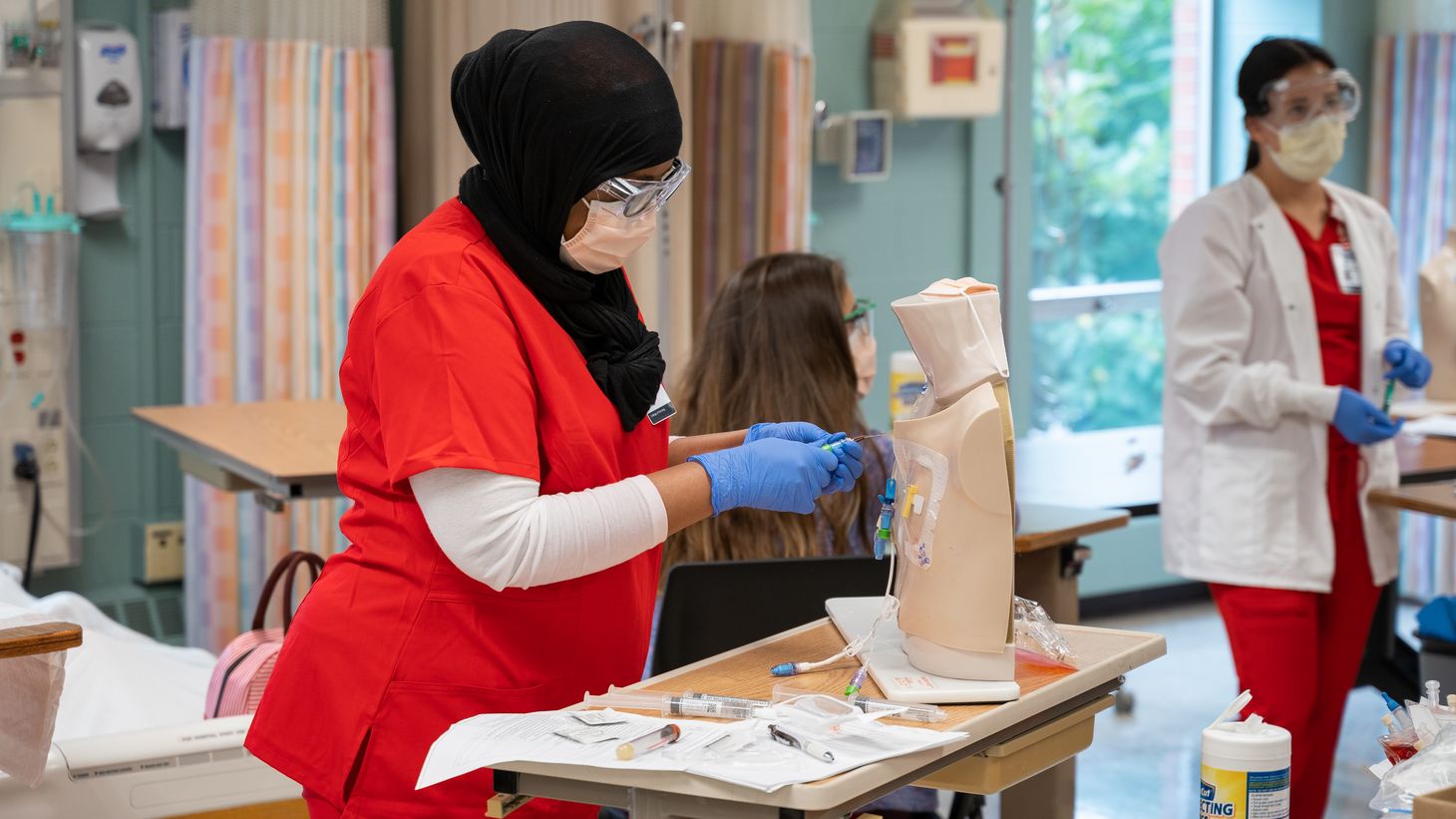
Take HEED!
by Melissa L. Weber
Find out why the College of Nursing has been honored by INSIGHT into Diversity eight years running
Welcoming and supporting students, faculty and staff who have different backgrounds, experiences and ethnicities makes The Ohio State University College of Nursing stronger. This focus on diversity is a core value in the college: to recognize and respect different perspectives that enrich conversations and encourage an inclusive, nurturing culture. For the eighth consecutive year, the college’s commitment to diversity, equity and inclusion (DEI) has been recognized with a HEED award from INSIGHT Into Diversity, the nation’s oldest and largest diversity-focused magazine and website in higher education.
The Higher Education Excellence in Diversity (HEED) Award recognizes institutions of higher education for their outstanding commitment to DEI. It is the only national award for diversity in academic settings. The comprehensive and rigorous application requires examples of this commitment in areas ranging from student and employee engagement and retention to leadership support of diversity and inclusion initiatives. Winning the HEED award in previous years is not a guarantee of future recognition. The college has sustained diversity initiatives and recognized opportunities for new programs each year.
Angela Alston, DNP, MPH, APRN-CNP, FNAP, (’06 MS, ’13 DNP) the College of Nursing’s chief diversity officer, attributes the college’s continued recognition to its research on issues related to health equity and disparities and its DEI programs and partnerships.

On campus and in the community
The college participates in university-wide programs that reach high school students from many different backgrounds. Buckeye Bound activities like Building Your Buckeye Community Breakfast, An Evening with Ohio State and the Black Student Success Initiative (BSSI) help students feel welcome and supported. The college’s own Summer Institute for Future Nurses, now in its 14th year, brings high school students to campus to help them connect to Ohio State, the college and healthcare professions.
Students learn about social issues through classes as well. A new course launched since last year’s HEED application, “Introduction to Social Justice and Health Policy,” was developed because of health disparities witnessed during the height of the COVID-19 pandemic.
The college demonstrates commitment to health equity in the community in several ways, including the Community Health Worker (CHW) Training Program. This program, open to anyone living in Ohio, prepares people to become CHWs and help residents of underserved communities access the healthcare and social services they need. Often, CHW trainees are residents of the communities they serve.
The College of Nursing participates in several initiatives in Columbus and nearby areas to provide healthcare outreach, such as Barbers and Beauticians Who Care and the Ask a Buckeye Nurse program, through which senior nursing students and nursing faculty go into Columbus barber shops and perform blood pressure checks, glucose screenings and evaluation of body mass index and provide education about hypertension and diabetes.

Diversity of thought
“It’s not all me or the office [of DEI],” Alston said. “The college strives to create a collaborative environment where everyone can share their perspectives and experiences. The topic of diversity is so much broader than race and ethnicity.” Diversity includes disabilities, ageism and cultural differences that may influence how patients view healthcare advice and compliance with medications.
Alston provides support to faculty who want coaching and guidance when discussing difficult topics. While some of the college’s courses such as “Population Health: Local to Global” feature an expected cultural context, Alston points out that diversity topics are relevant in most classes. The college's Office of DEI can suggest readings that may help a class consider cultural differences and preferences when discussing burials, death and dying, for example, or health disparities in the LGBTQ+ community.
“We can also provide a guest lecture, whether in person or recorded,” she added. “We say, ‘Tell us your objectives.’ ”
Student feedback shows they appreciate the discussions. “Our students say, ‘I’m so glad you talked about this,’ ” Alston said. “They say they appreciate feeling like they’re in a learning environment where DEI is embedded and doesn’t feel like just an add-on.
“I do a lot of talking and listening,” Alston said. “I encourage people to think about where others are from and how to reach them. I challenge people to stay open to different perspectives and hope they may have an ah-ha moment. This work is a journey, and we are all in it together.”

In this Issue
- Empowering Parents
- Small Town, Big Impact
- Take HEED!
- “She was my nurse!”
- Filling Ohio’s Workforce Needs
- Grants Roundup
- Sparking Innovation
- Of Science and Service
- Becoming Global Citizens
- Camping with Emily Gee
- Alumni in Action: Shining a Light
- From Farm Girl to Rural NP
- Meet Kristen Hill
- Move Your Way to Better Health

